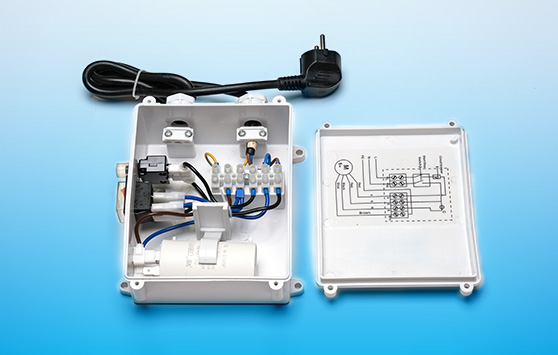The Versatility of Butyl Rubber Strips
Butyl rubber strips have emerged as a vital component in various industries due to their unique properties and versatile applications. Butyl rubber, a synthetic rubber made from the polymerization of isobutylene and a small amount of isoprene, is known for its excellent impermeability to gases and moisture, exceptional chemical resistance, and superior aging characteristics. These features make butyl rubber strips an ideal choice for applications across automotive, construction, medical, and other sectors.
Properties of Butyl Rubber
The distinctive properties of butyl rubber set it apart from other elastomers. One of the most significant advantages is its gas barrier properties. Butyl rubber is nearly impermeable to gases, which is why it is extensively used in applications requiring airtight seals. This characteristic is crucial in products like bicycle inner tubes, where maintaining air pressure is essential for functionality.
Butyl rubber also exhibits excellent resistance to weathering, UV light, and ozone, making it an ideal material for outdoor applications. Its flexibility at low temperatures ensures that it maintains performance even in harsh environmental conditions. Furthermore, butyl rubber has a high resilience and can withstand repetitive stress, making it suitable for dynamic applications.
Applications of Butyl Rubber Strips
1. Automotive Industry Butyl rubber strips are widely utilized in the automotive industry for sealing and insulating purposes. They are commonly found in gaskets, window seals, and door seals. Their excellent weather resistance ensures that they can withstand exposure to various environmental factors, including humidity, rain, and extreme temperatures. Moreover, butyl rubber’s sound-dampening properties help reduce interior noise levels, contributing to a more comfortable driving experience.
butyl rubber strip

2. Construction In the construction sector, butyl rubber strips are employed for weatherproofing and sealing applications. They are often used in roofing membranes, flashing, and sealing joints to prevent water ingress. The durability and flexibility of butyl rubber make it an excellent choice for sealing materials, ensuring that buildings remain airtight and watertight over time.
3. Medical Applications The medical field also benefits from the use of butyl rubber strips. They are utilized in the manufacture of pharmaceutical packaging, where their impermeability helps protect sensitive medications from air and moisture. Additionally, butyl rubber is used to produce various medical devices, such as sealing caps for vials and syringes, ensuring sterility and preventing contamination.
4. Industrial Uses Butyl rubber strips find applications in various industrial processes, including as seals in pumps and valves. Their resistance to chemicals makes them suitable for applications in environments where they may be exposed to aggressive substances. Industries such as chemical manufacturing, oil and gas, and food processing utilize butyl rubber for its reliability and performance.
5. Sports Equipment The versatility of butyl rubber also extends to the realm of sports equipment. Butyl rubber is frequently used in the production of basketballs, soccer balls, and other inflatable sports items due to its excellent air retention capabilities. The durability of butyl rubber ensures that these products can withstand regular use and maintain their shape and performance.
Conclusion
In summary, butyl rubber strips are an essential material in a wide range of industries due to their unique properties and versatility. From the automotive sector to construction, medical applications, and sports equipment, butyl rubber plays a crucial role in ensuring product reliability and performance. As industries continue to innovate and evolve, the demand for high-quality butyl rubber strips is expected to grow, reinforcing their position as a critical component in modern manufacturing and application solutions. With ongoing research and development, the future of butyl rubber will likely see even more advanced formulations and applications, further enhancing its relevance in various fields.
-
XIANGFAN Rubber Tape-Ultimate Solutions for All Your Insulation NeedsNewsJun.24,2025
-
XIANGFAN Rubber Tape-Protection for Industrial and Residential ApplicationsNewsJun.24,2025
-
XIANGFAN Rubber Tape: Superior Safety and Sealing for Demanding EnvironmentsNewsJun.24,2025
-
XIANGFAN Rubber Tape: Reliable Solutions for Every Electrical ChallengeNewsJun.24,2025
-
XIANGFAN Electrical & Industrial Tape: Powering Reliability Across IndustriesNewsJun.24,2025
-
XIANGFAN Electrical & Industrial Tape: Excellence in Every ApplicationNewsJun.24,2025
